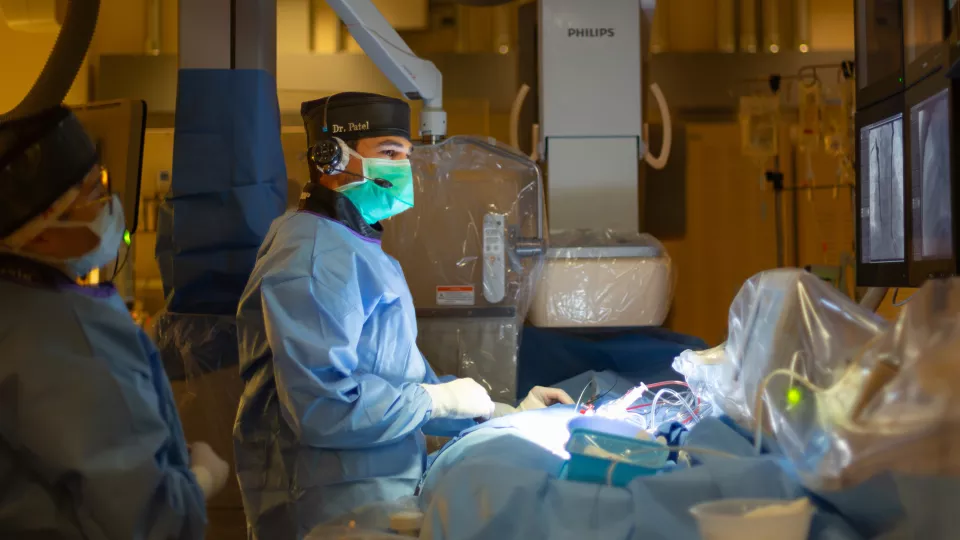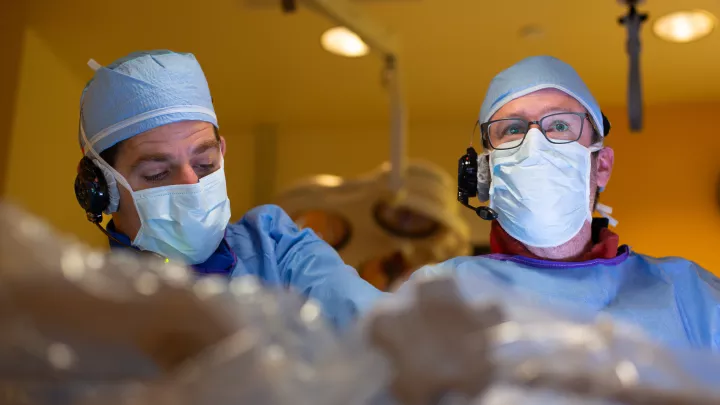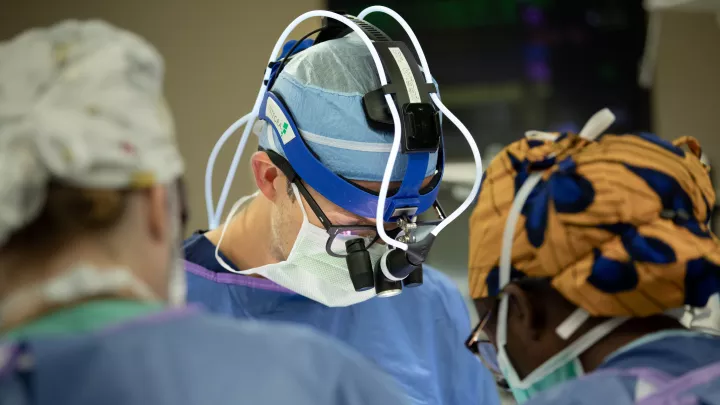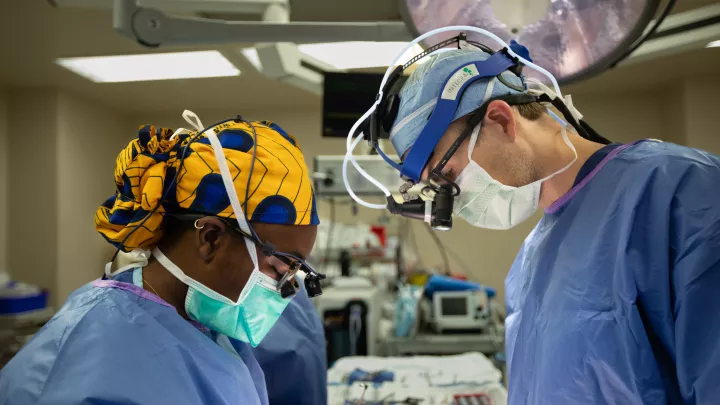
Neil Patel, MD, in the Cardiac Catheterization Lab at Children’s Hospital Los Angeles
A New Protocol for Children With Pulmonary Vein Stenosis
Pulmonary vein stenosis—the progressive narrowing of veins that bring blood from the lungs back to the heart—has long been a challenging problem to treat in children. But in recent years, a more intensive surveillance and treatment approach has offered new hope for these young patients.
At the Heart Institute at Children’s Hospital Los Angeles, Interventional Cardiologist Neil Patel, MD, led the development of a formal protocol last year that reflects this shift in care. Dr. Patel shares the key elements of the team’s approach, including the role of drug therapy for select patients.
How is care changing for children with pulmonary vein stenosis?
There’s been a big shift in how we think about these patients. In the past, especially in severe cases, there was a lot of pessimism in the field because outcomes were often poor. The standard was to open the narrowing via surgery or a cardiac catheterization procedure, and then wait to see if narrowing re-occurred. But subsequent interventions often had limited success.
More recently it has been recognized that these children need much more frequent surveillance and intervention. That means you have to do very frequent scheduled assessments of their veins, with either a CT scan or a cardiac catheterization, to try to catch any re-narrowing in its earliest possible stages.
How often do you assess these patients now?
Typically we do a CT scan or a catheterization procedure every one to three months. Our protocol allows the team to make some decisions on that frequency based on how a patient is doing and how the last catheterization or CT scan looked.
If pulmonary vein stenosis has been stable over a period of time, we can start to space out those tests a little more. But the initial surveillance is pretty intense.
What is the role of drug therapy?
There have been two studies showing that sirolimus, which is an immune-suppressing medication, may help prevent re-narrowing of the veins in these children. That data is from a small number of patients, so we only use it in the most severe cases.
Under our protocol, if patients have more than one vein involved and re-narrowing occurs, we offer the medication as an additional treatment option. The goal is to hopefully prevent progression of the child’s disease.
Are patients doing better under this approach?
In general I think patients are doing better with this new strategy, though we don’t yet have enough data collected at our center to say that definitively. There have been some studies showing that these more frequent interventions, including medication, lead to better outcomes.
I do think the medication piece has been important in terms of reducing rates of re-narrowing. The patients we have had on these medications have done pretty well, and that’s encouraging.
How has it been helpful to have a formal protocol?
One thing we’re finding is that we’re identifying more patients with this issue now. We’re not only treating pulmonary vein stenosis more rigorously, but we’re looking for it more rigorously as well.
It has also helped to build awareness of pulmonary vein stenosis throughout our hospital. That’s important because we take a team approach to these patients, involving cardiologists, interventional cardiologists, imaging specialists, surgeons, critical care medicine, pulmonology and more. It really helps everyone be on the lookout for this problem. The goal is to intervene sooner and follow patients more closely to give them the best chance for a good outcome.


